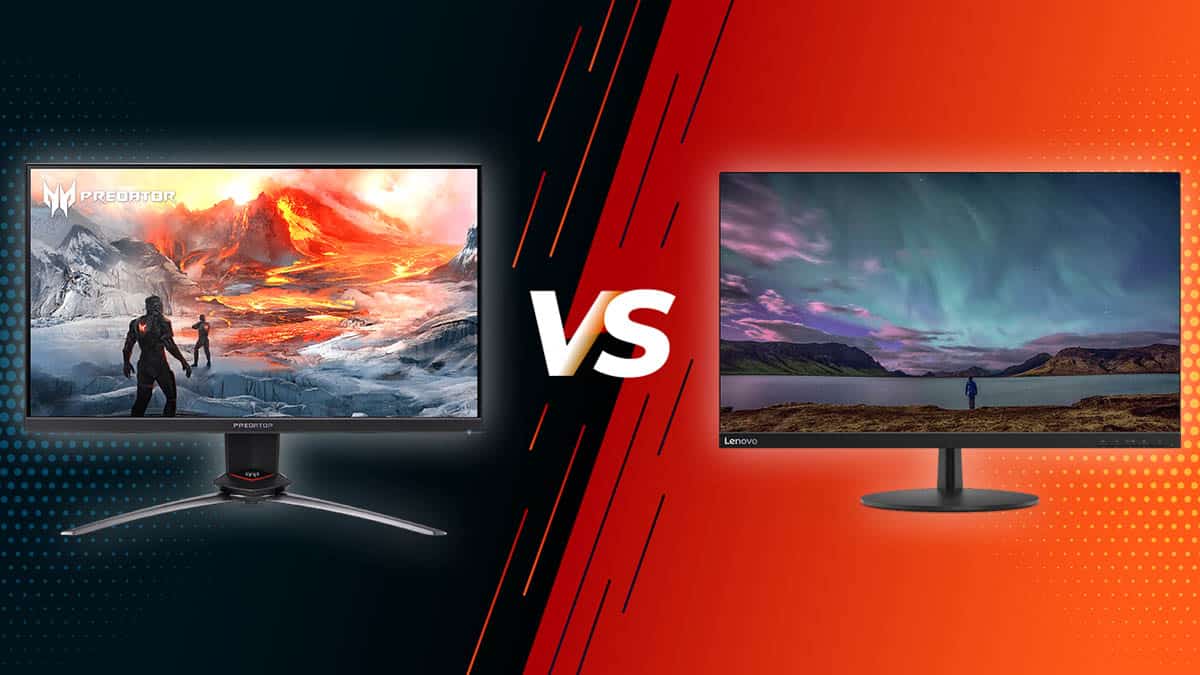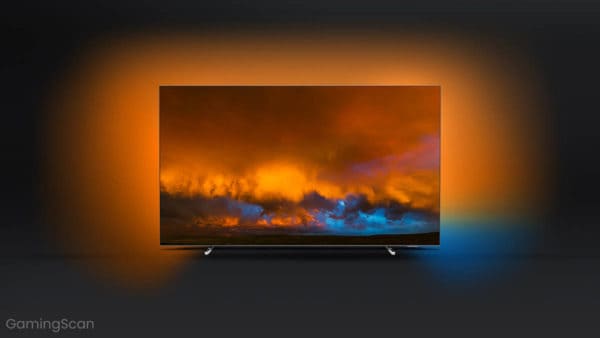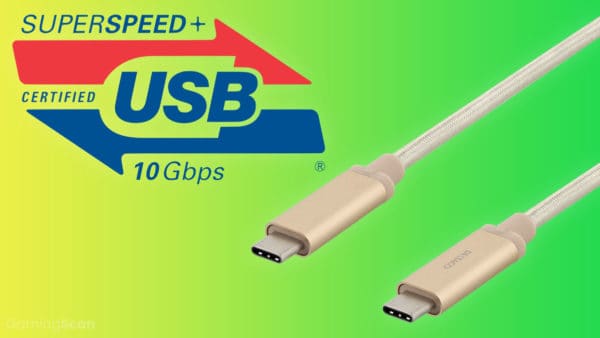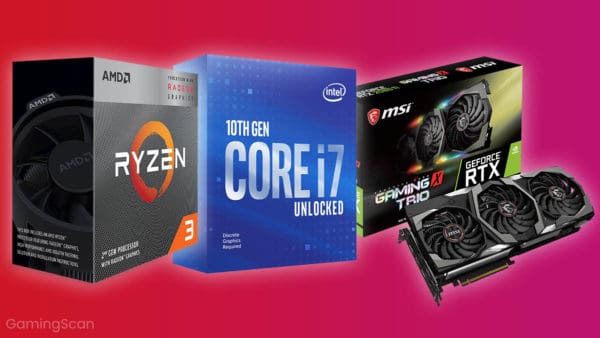If you were shopping for a monitor today, you’d inevitably encounter a range of different acronyms, and some of them are sure to be a source of confusion.
LED, IPS, LCD and TFT, among others, are some names you’d commonly come across. These acronyms all have to do with a monitor or TV’s display technology.
If you’re wondering about the differences between IPS and LED displays, keep on reading for a simple explanation.
Table of ContentsShow
Understanding LCD
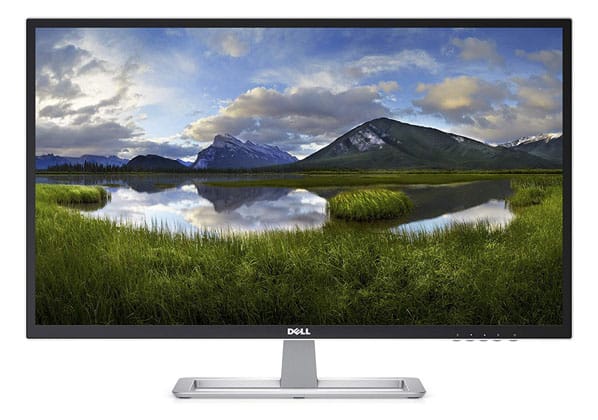
Before we get to IPS and LED, it would be good to have a basic understanding of what is currently the most popular flat panel display technology — LCD.
The overwhelming majority of monitors and TVs that you can buy today use LCD, which stands for “liquid-crystal display.” As the name suggests, this technology uses liquid crystals to modulate light, which is provided by an active backlight in all LCD monitors.
Before LCD, CRT monitors dominated the market, and in the case that this was before your time, just think of them as “those old boxy monitors.”
Initially, when they were first introduced, CRT monitors had some advantages over their LCD counterparts, such as higher responsiveness and better performance. However, it didn’t take long for the new technology to catch up. LCD displays were thinner, lighter, better and more modern-looking, and they are now the dominant display technology when it comes to monitors. Similarly, they also overshadowed plasma in the TV market.
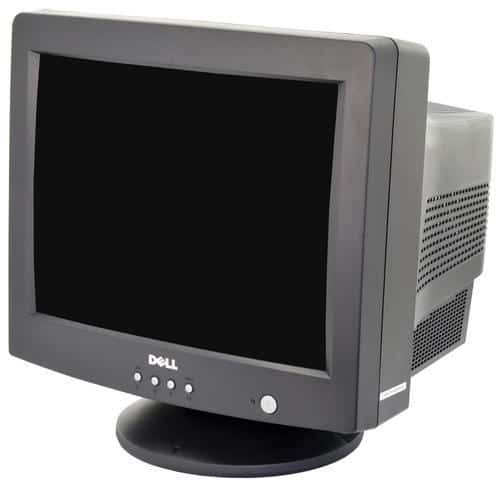
Now, we get to an important acronym, TFT. This is short for “thin-film transistor,” and without getting too deep into technobabble, let’s just say that TFT is a type of LCD technology that uses an active matrix of thin-film transistors that generally improve the image quality of an LCD.
TFT LCD displays have been around for years, and it’s almost certain that your monitor, TV and phone all use some type of TFT LCD display. But what “types” of TFT LCD displays are there, exactly? Well, that brings us to our next point.
What Is An IPS Display?
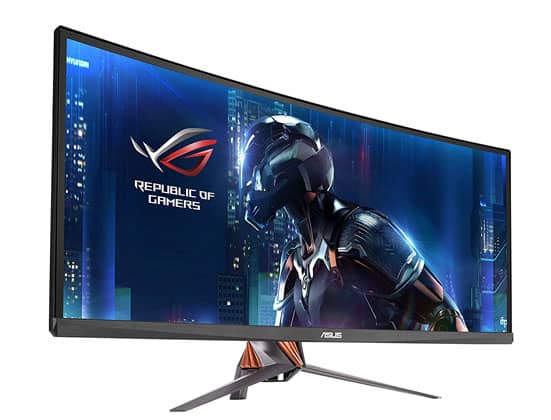
IPS stands for in-plane switching, and it’s one of the most widespread TFT LCD panel technologies that you’ll encounter today. Along with it, you’ll also encounter TN (twisted nematic) and VA (vertical alignment panels).
As for the IPS panel itself, it was developed as a means of combating the shortcomings that were commonly present in other panel types such as poor viewing angles and limited color reproduction. As a result, most IPS panels today offer significantly wider viewing angles compared to their TN and VA counterparts, not to mention they can offer the most lifelike and vibrant colors out of these three dominant panel technologies.
But of course, IPS panels are not perfect — they tend to be the priciest of the three, they aren’t as fast and responsive as TN panels, nor can they offer the kind of contrast that a VA panel can. If you’re interested, you can read a more thorough comparison of IPS, TN and VA panels here.
What Is LED?
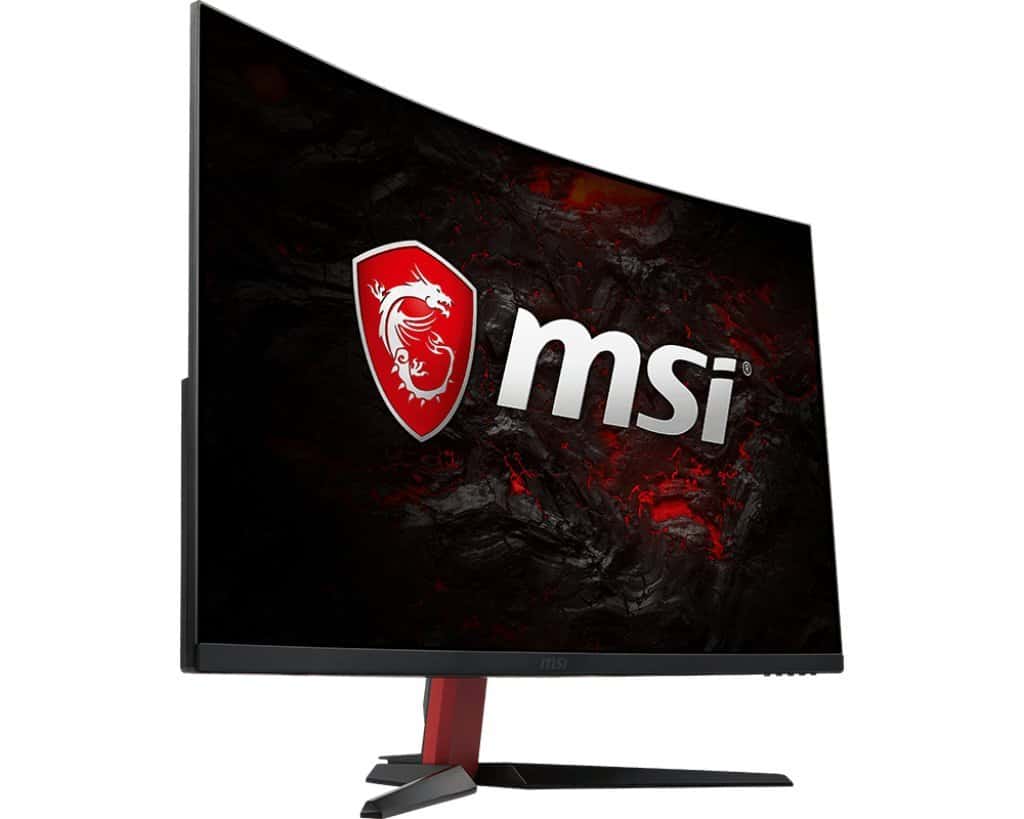
Now we get to LED, which is something completely different. It is an acronym for “light-emitting diode,” and it is not a panel technology. Instead, as the name might suggest, it’s a type of backlight. As we have mentioned before, all LCDs need an active backlight, and LED is the most popular backlight technology today.
There are two types of LED backlight if we’re talking about LCD displays: edge-lit LEDs and direct-lit LEDs.
Edge-lit LEDs are positioned around the edges of the screen. Displays that use this technology are more power-efficient, and they are some of the thinnest LCDs available, which gives them a lot of aesthetic appeal. However, they might not be as bright as some displays that use a direct-lit LED backlight, and they could also have problems with backlight uniformity and ghosting.
Direct-lit LEDs are positioned behind the screen, resulting in better backlight uniformity and higher overall brightness. On the downside, besides being a bit bulkier, their contrast isn’t as great, although this can be mitigated with the help of local dimming.
Displays that use local dimming are commonly referred to as “full-array” displays, and while the LEDs are still positioned just like in a regular direct-lit LED display, they are grouped into blocks that can be turned on or off independently, allowing certain areas of the screen to be darker than others.
That said, IPS and LED aren’t something that could be compared, but if you’re searching for comparisons of IPS and LED displays, chances are you might be thinking about OLED instead.
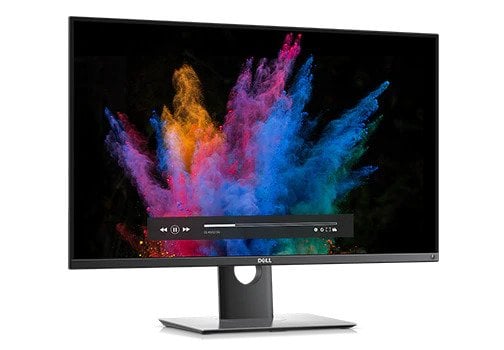
OLED, short for “organic light-emitting diode,” is an entirely new display technology, so it has nothing to do with LCD panels or LCD backlights. Actually, it doesn’t have anything to do with backlights at all!
Namely, while LCDs use an active backlight, an OLED display has no backlight — instead, each pixel works as its own light source, turning on to display color and turning off to display black. That said, it should be obvious from the get-go that OLED displays are more power-efficient and can offer superb contrast. But that’s not all.
In truth, OLED displays are better than LCDs in virtually every way: color accuracy, refresh rates, response times — you name it.
However, OLEDs do have two highly problematic shortcomings, which are image retention and pricing.
As far as image retention (or burn-in, as it’s also commonly referred to) is concerned, this is a problem that occurs when some pixels grow dimmer over time. If an OLED displays static images for long periods (which is likely to be the case with desktop use), the active pixels will lose their maximum brightness capacity much faster than those that aren’t being utilized as much, resulting in uneven brightness across the screen.
As for pricing, that one is pretty simple — the OLED manufacturing technology isn’t as developed as that of LCD, and OLED panels are significantly more expensive as a result. The supply of OLED monitors is relatively low, and if you’re an average gamer or PC user, you’d have no reason to spend thousands of dollars on one.
The Final Word
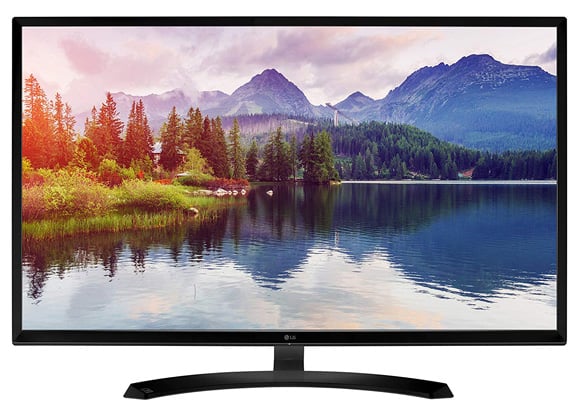
With all of the above in mind, it’s obvious that IPS and LED aren’t something that you can compare — the former is a type of LCD panel, while the latter is a type of LCD backlight (in this context, that is).
If you were thinking of OLED, that’s a different story. As we have mentioned above, OLEDs have many advantages not only over IPS LCD but over LCD in general. However, we feel that there is no use in discussing their advantages and disadvantages until they become more accessible to the average consumer — and if you’re waiting for that, don’t hold your breath.
At the moment, OLED monitors will mainly appeal to professionals (artists, designers, photographers, etc.) who want the best color accuracy they can get and can actually afford one of these extremely expensive monitors.
That said, if you’re shopping for a new monitor, we see LCD as the only reasonable choice in 2024. With their excellent colors and wide viewing angles, IPS panels are quite good for gaming if you prioritize visuals over performance, and they are the best choice for professionals who need high color accuracy.
But as we’ve mentioned before, IPS is not without its own drawbacks, so here’s our selection of the very best gaming monitors of 2024, in case you want to check out some good TN and VA options as well.
